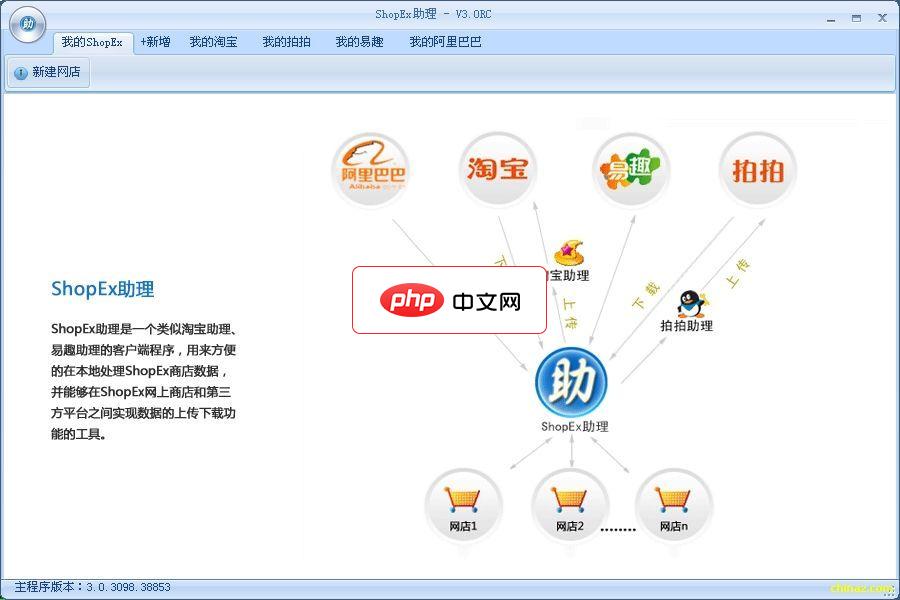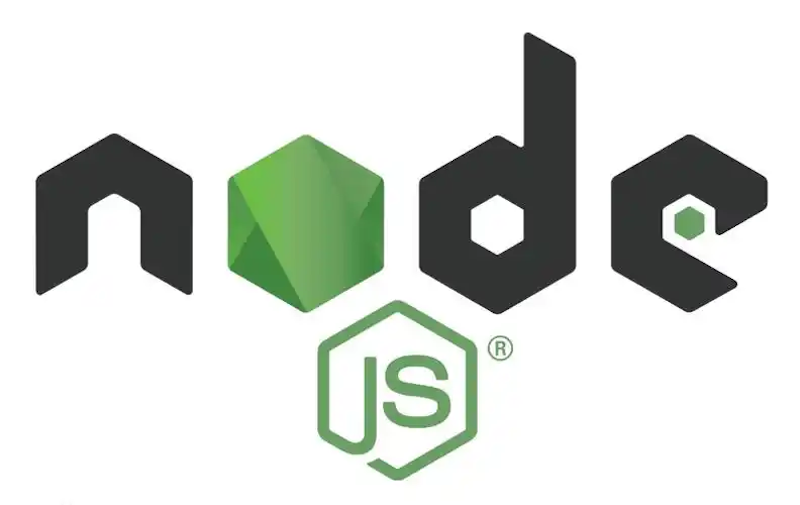Node.js中推荐使用符合WHATWG标准的URL全局对象,因其API更现代、查询参数处理更便捷,且能自动规范化路径;url模块虽兼容旧代码,但灵活性差且易出错,新项目应优先选择URL对象。

Node.js操作URL主要依赖内置的
url
url
在Node.js中操作URL,我们通常会用到两种主要工具:
url
url
首先,
url
url.parse()
const url = require('url');
const myUrl = 'http://user:pass@host.com:8080/p/a/t/h?query=string#hash';
const parsedUrl = url.parse(myUrl, true); // true 表示解析query为对象
console.log(parsedUrl.protocol); // http:
console.log(parsedUrl.host); // host.com:8080
console.log(parsedUrl.pathname); // /p/a/t/h
console.log(parsedUrl.query.query); // string而全局的
url
url
url
searchParams
const myUrlObj = new URL('http://user:pass@host.com:8080/p/a/t/h?query=string&foo=bar#hash');
console.log(myUrlObj.protocol); // http:
console.log(myUrlObj.host); // host.com:8080
console.log(myUrlObj.pathname); // /p/a/t/h
console.log(myUrlObj.searchParams.get('query')); // string
console.log(myUrlObj.searchParams.get('foo')); // bar
// 修改URL
myUrlObj.pathname = '/new/path';
myUrlObj.searchParams.set('newParam', 'newValue');
console.log(myUrlObj.href); // http://user:pass@host.com:8080/new/path?query=string&foo=bar&newParam=newValue#hash所以,无论你是需要解析现有URL,还是想构建一个新的,或者仅仅是修改其中某个部分,Node.js都提供了非常强大的工具。我个人感觉,
url
url
url
在Node.js的世界里,
url
url
url
url
url
url.parse()
url.format()
url.parse()
protocol
host
pathname
query
true
query
const url = require('url');
const legacyUrl = 'http://example.com/path?a=1&b=2';
const parsed = url.parse(legacyUrl, true);
console.log(parsed.query); // { a: '1', b: '2' }
console.log(typeof url.parse('http://example.com?a=1').query); // string (如果没有传true)而
url
url
new URL(input, base)
url
protocol
host
pathname
href
searchParams
searchParams
URLSearchParams
get
set
append
delete
const modernUrl = new URL('http://example.com/path?a=1&b=2');
console.log(modernUrl.searchParams.get('a')); // 1
modernUrl.searchParams.append('c', '3');
console.log(modernUrl.href); // http://example.com/path?a=1&b=2&c=3我该如何选择呢? 我的建议是,如果不是为了兼容老旧代码或者处理一些非常特殊的、非标准的URL场景,我几乎总是推荐使用url
URLSearchParams
url
url
处理URL的查询参数,是Web开发中非常常见的任务,无论是读取用户提交的数据,还是构建带参数的跳转链接,都离不开它。在Node.js里,我个人觉得最方便、最高效的方式就是利用
url
searchParams
高效解析查询参数:
当你拿到一个URL字符串,想要从中提取出查询参数时,
url
searchParams
URLSearchParams
get()
getAll()
has()
const myPageUrl = new URL('https://www.example.com/products?category=electronics&brand=sony&sort=price_asc&category=audio');
// 获取单个参数值
console.log(myPageUrl.searchParams.get('brand')); // sony
// 获取所有同名参数的值(返回数组)
console.log(myPageUrl.searchParams.getAll('category')); // ['electronics', 'audio']
// 检查参数是否存在
console.log(myPageUrl.searchParams.has('sort')); // true
// 遍历所有参数
myPageUrl.searchParams.forEach((value, name) => {
console.log(`${name}: ${value}`);
});
// 输出:
// category: electronics
// brand: sony
// sort: price_asc
// category: audio相比之下,如果用
url
true
query
querystring
url.parse
URLSearchParams
getAll('key')
一个类似淘宝助理、ebay助理的客户端程序,用来方便的在本地处理商店数据,并能够在本地商店、网上商店和第三方平台之间实现数据上传下载功能的工具。功能说明如下:1.连接本地商店:您可以使用ShopEx助理连接一个本地安装的商店系统,这样就可以使用助理对本地商店的商品数据进行编辑等操作,并且数据也将存放在本地商店数据库中。默认是选择“本地未安装商店”,本地还未安
 0
0

高效修改查询参数:
修改查询参数同样简单。
URLSearchParams
set()
append()
delete()
url
href
const currentUrl = new URL('https://api.example.com/data?page=1&limit=10');
// 修改现有参数
currentUrl.searchParams.set('page', '2');
console.log(currentUrl.href); // https://api.example.com/data?page=2&limit=10
// 添加新参数
currentUrl.searchParams.append('filter', 'active');
console.log(currentUrl.href); // https://api.example.com/data?page=2&limit=10&filter=active
// 删除参数
currentUrl.searchParams.delete('limit');
console.log(currentUrl.href); // https://api.example.com/data?page=2&filter=active
// 清空所有参数
// currentUrl.searchParams.forEach((_, name) => currentUrl.searchParams.delete(name));
// 或者直接
// currentUrl.search = '';
// console.log(currentUrl.href); // https://api.example.com/data通过这些方法,你可以非常灵活地构建和管理URL的查询部分,无需手动拼接字符串,也不用担心编码解码的问题,
url
在Node.js中处理URL路径,特别是构建、组合或规范化它们,是很多应用场景都会遇到的。比如,你可能需要根据一个基础URL和相对路径生成完整的API请求地址,或者清理用户输入中不规范的路径。这方面,
url
构建和组合URL:
最常见的需求就是将一个基础URL和一个相对路径组合起来。
url
const baseUrl = 'http://api.example.com/v1/';
// 组合相对路径
const fullPath1 = new URL('users/123', baseUrl);
console.log(fullPath1.href); // http://api.example.com/v1/users/123
// 组合另一个相对路径
const fullPath2 = new URL('./posts', fullPath1.href); // 也可以用另一个URL的href作为base
console.log(fullPath2.href); // http://api.example.com/v1/users/posts
// 如果相对路径以斜杠开头,它会从根路径开始解析
const fullPath3 = new URL('/assets/image.png', baseUrl);
console.log(fullPath3.href); // http://api.example.com/assets/image.png (注意这里v1被覆盖了)
// 如果是完整的URL,则忽略base
const fullPath4 = new URL('https://another.com/data', baseUrl);
console.log(fullPath4.href); // https://another.com/dataurl
url.resolve()
url
url
const url = require('url');
const base = 'http://example.com/a/b';
console.log(url.resolve(base, '/c')); // http://example.com/c
console.log(url.resolve(base, '../c')); // http://example.com/c
console.log(url.resolve(base, 'c')); // http://example.com/a/c (注意这里与URL对象的差异)可以看到,
url.resolve
../c
/a/
c
new URL('c', 'http://example.com/a/b').hrefhttp://example.com/a/c
规范化URL路径:
URL路径的规范化是指将路径中的冗余部分(如
./
../
url
// 冗余的斜杠会被自动合并
const messyPath1 = new URL('http://example.com//path///to/resource');
console.log(messyPath1.pathname); // /path/to/resource
// . 和 .. 也会被正确处理
const messyPath2 = new URL('http://example.com/a/b/./c/../d');
console.log(messyPath2.pathname); // /a/d
// 即使是复杂的相对路径,也能得到正确的规范化
const messyPath3 = new URL('/foo/bar/../baz', 'http://example.com');
console.log(messyPath3.pathname); // /foo/baz路径组合这块,我踩过不少坑。特别是当你需要处理用户输入的相对路径时,如果直接字符串拼接,很容易出现双斜杠、路径不正确等问题。
url
url
url
以上就是怎样使用Node.js操作URL?的详细内容,更多请关注php中文网其它相关文章!

每个人都需要一台速度更快、更稳定的 PC。随着时间的推移,垃圾文件、旧注册表数据和不必要的后台进程会占用资源并降低性能。幸运的是,许多工具可以让 Windows 保持平稳运行。




Copyright 2014-2025 https://www.php.cn/ All Rights Reserved | php.cn | 湘ICP备2023035733号